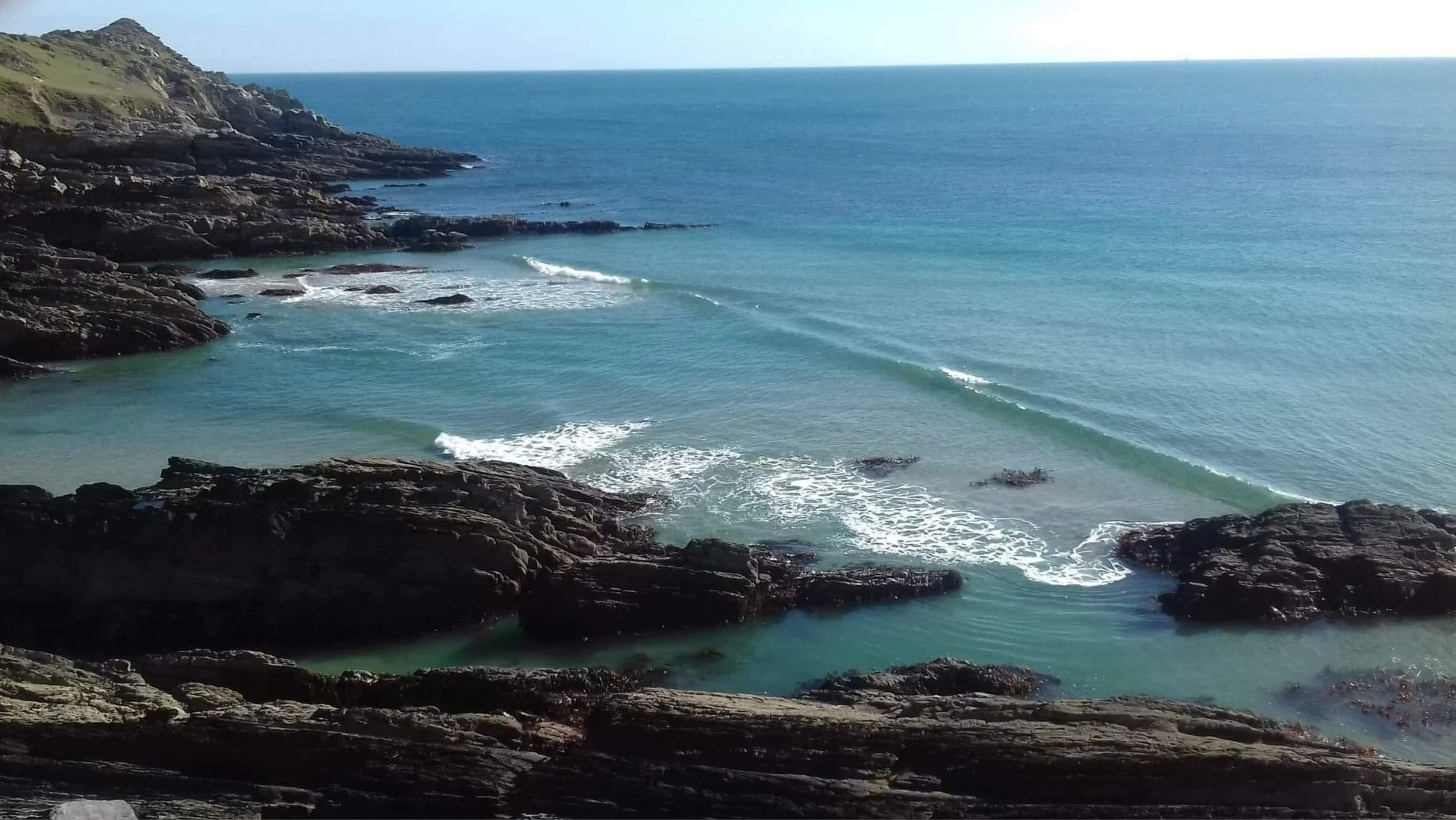Cross country swimming water safety

compiled IN ASSOCIATION WITH
COAST TO COAST WATER SAFETY
In September 2020 our team qualified as Beach Lifeguards. It showed us what we didn’t know and we learned a lot about water safety. Wild Swimming is up 300% and there are risks and dangers that we all need to be aware of. Here’s our quick guide to safe and joyful adventures over land and water.
PREPARATION
Route planning
– It is important to know where your entry and exit points will be.
– Factor in the tide – for example steps sometimes reach the sea on a high tide, but at low tide could be a few meters high making it impossible to get out.
– Ensure the land you are accessing or exiting the water from isn’t private, if it is, it is always best to seek permission (an angry pheasant shooting farmer could really ruin your adventure).
– Ensure you have a few emergency exit points along your route in case of fatigue or other problems.
Tides
– Be familiar with your local spot and remember to add the hour for BST (tides are reported in GMT but you are most likely swimming in summer - so add the hour to the chart times).
Traffic - It is obviously best to avoid bodies, bits of water where there is a lot of moving boat traffic. If you can’t seek advice from the local harbour master and once in the water, stay near the shore
Be seen - bright colour swim hats (fluro green, yellow or orange), the fluro orange RuckRaft Dry Bag does a great job as a super visible tow float
Currents
– Different bodies of water will stir up different types of current: in the sea, rip currents can cause you to be pulled away from shore. Further out to sea, tidal streams take effect and can run at a fair rate, especially around headlands. Rivers have their own flow sometimes caused by tide, sometimes due to the bathymetry (depths of landforms below sea level).
– In all cases swimming against the flow of a body of water is tiring and difficult to sustain over any length of time.
– Be observant, be aware, if unsure watch the water before entering and look for any signs: turbulent disturbed water, debris or sea foam moving within the current.
Know your ability and limitations
– Start with gentle and short distances and build it up.
– Swim fitness is quick to gain if you swim regularly, so keep working and the longer adventures won’t be far off.
Buddy up with someone
– Cross country swimming is not only safer with a mate, its also so much more fun!
– If you wish to go alone then always leave your plan behind with someone
– Make sure they know your rough timing and exact route.
– Check in regularly and let them know when you’re done.
– If your plan changes make sure to let them know.
– Have a means of communication with you, fully charged (VHF, phone, …)
Kit condition check
– All kit needs to be in good working order and fit for purpose (check the RuckRaft straps and clips work well and inflate/deflate to test before you set off)
– Get used to it before taking long distance.
Water temp check
– Important for kit selection, distance of swim etc…
– Even in the summer, rivers and sea could run cold.
– Make sure you take the time to acclimatise in order to manage a potential cold water shock in the best manner.
– Get in gently and if you are struggling with catching your breath then lay on your back for a minute or two and allow your body to get used to the water.
Water quality
– Following rainfall, water quality can be seriously impacted due to run off from fields into the streams, rivers and eventually out to sea as well as sewer overflow discharge.
– Basically, avoid swimming after heavy rainfall.
Dehydration
– Dehydration when swimming can sneak up on you as you don’t realise you are sweating when swimming.
– Make sure to take plenty of water and high energy food (sugary snacks can be good for you). Clip your bottle to the RuckRaft straps for easy access. We like the energy bars by these lovely folks - www.outdoorprovisions.co.uk
Paths
– Aim to stick to recognised trails and paths – not just good practice, but also cliff paths can be loose and do fall, often.
– Sticking to the paths reduces your chances of walking/running along over hanging and unstable areas.
Avoid contact / interaction with wildlife
– Experiencing swimming alongside dolphins, seals or birds can be awesome, but remember we are on their turf, they are more powerful than us and should be admired from a distance. During mating and breeding seasons these animals can become very territorial so give them space at all times.
KIT
Be sure to take the following
– Charged phone in a waterproof case/pouch: Keep this accessible, it is no use at the bottom of your bag: clip it to the RuckRaft straps on top of the dry bag or wear around on your person
– OS Map: A good back up if the electronic device packs in!
– Survival bag / space blanket: These pack down really small but are lifesavers if you get cold or injured. Before using it, make sure to get dry and add layers.
– Outdoor first aid kit: Fill with basic bandages, blister plasters, tweezers for ticks… whatever you think and have space for.
– Surfers Skin Sunscreen Zinc: normal sunscreen won't last against sweat, water and towel drying - Zinc is much better.
– Bright swim hat: Be as visible as possible when in the water. Also helps to keep you a bit warmer. Wear two if really cold.
– A whistle (pealess): If you get into difficulty in the water, shouting for help can be hard when tired and increases the chance of taking on water. A whistle sound carries much further and is less tiring. As useful on land!
IN CASE OF EMERGENCY
– Try to exit before this point!: Know your body and your kit, be in tune and follow your instincts. Early self-intervention here is key to success.
– Always listen to your body and be aware of signals it gives you: shivering, cramps, headaches, vision problems are all early warning signs and should be taken note of.
– If in difficulty call 999 and ask for the Coastguard / Mountain Rescue
– If a problem arises in the water call 999 ask for the Coastguard, stick your hand up and blow your whistle. Float on your back and use the RuckRaft for extra flotation and increased visibility.
– If you’re on land you can whistle to attract attention from passers-by, get out and into your survival bag, this will keep you warm and make you more visible, call 999.
– Find a safe place, sheltered from wind but visible, get dry and put on warm clothing and await rescue.





